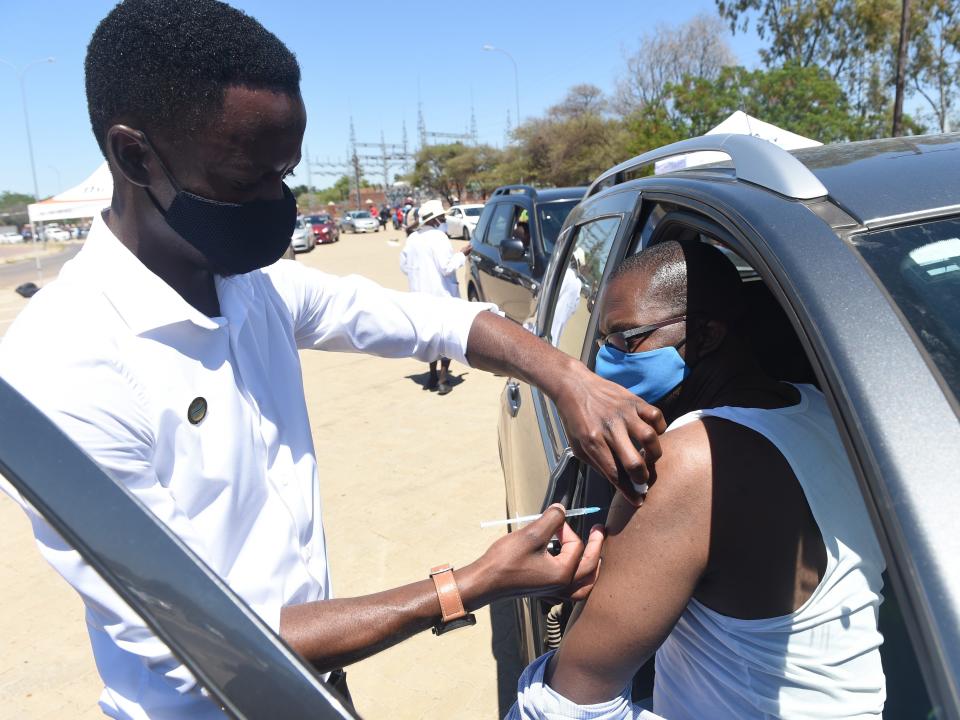Scientists are closely tracking a coronavirus variant with a 'worrying' number of mutations. They don't yet know if it's more infectious.

A new coronavirus variant has been detected in South Africa, Botswana, and Hong Kong.
Experts fear its mutations may help it avoid antibodies produced by vaccines and treatments.
It had been detected 82 times as of Thursday. For now, it's being closely monitored.
Scientists and health officials are closely tracking a coronavirus variant with a "worrying" number of mutations that has been detected in South Africa, Botswana, and Hong Kong.
The variant, called B.1.1.529, has 32 mutations in the part of the virus that attaches to human cells, called the spike protein — the target for existing vaccines and antibody treatments. A higher number of mutations in the spike protein may change its shape and means there is a greater risk those vaccines and treatments won't be as effective against it.
Experts are worried the mutations might make the virus more infectious and help it avoid the antibody response, but this hasn't been proved. It's also not clear whether the mutations make the virus more deadly.
COVID-19 vaccines remain a "critical tool" to protect against severe illness, Tulio de Oliveira, the director at South Africa's Centre for Epidemic Response and Innovation, said in a briefing Thursday.
Tom Peacock, a virologist at Imperial College London who posted about the variant on GitHub on Tuesday, said the high number of mutations could be of "real concern" and there were combinations of mutations he hadn't seen before in a single variant of the virus that causes COVID-19.
Francois Balloux, the director at the University College London Genetics Institute, said in a statement to the Science Media Center on Wednesday that the fact such a large number of mutations appeared to have occurred in a single burst suggested the variant evolved from a chronic infection in an immunocompromised person.

 Yahoo Autos
Yahoo Autos 